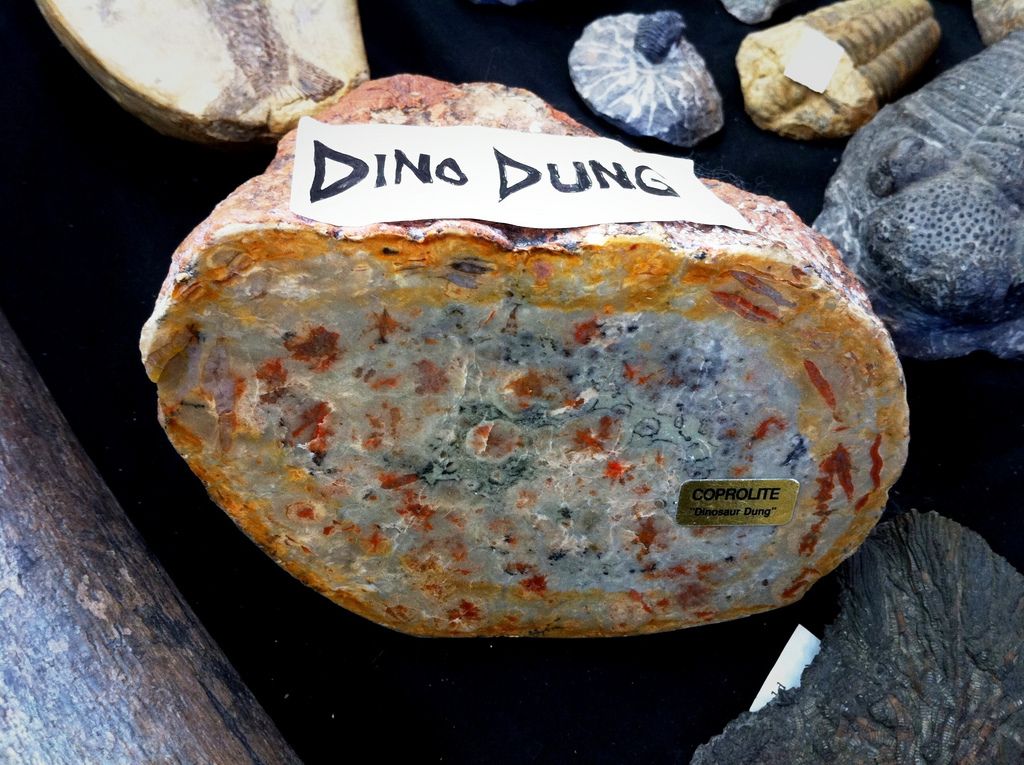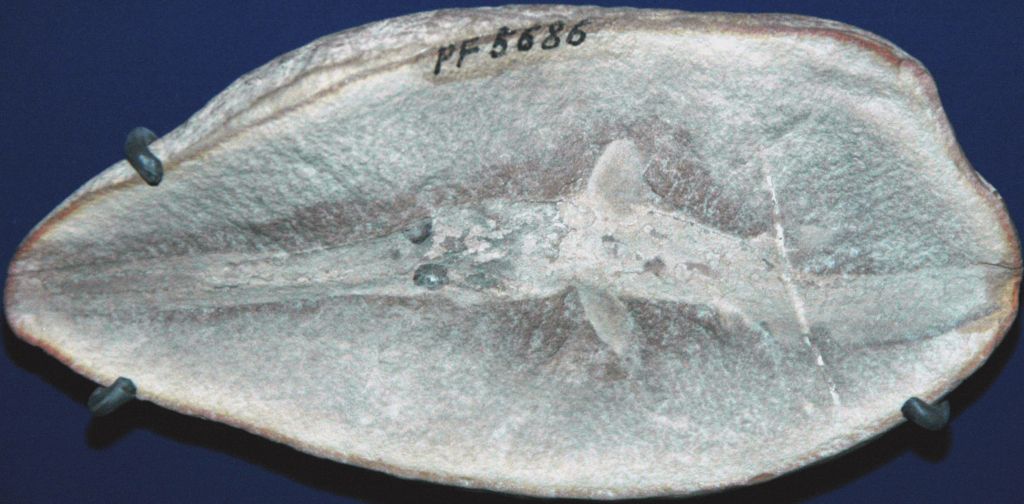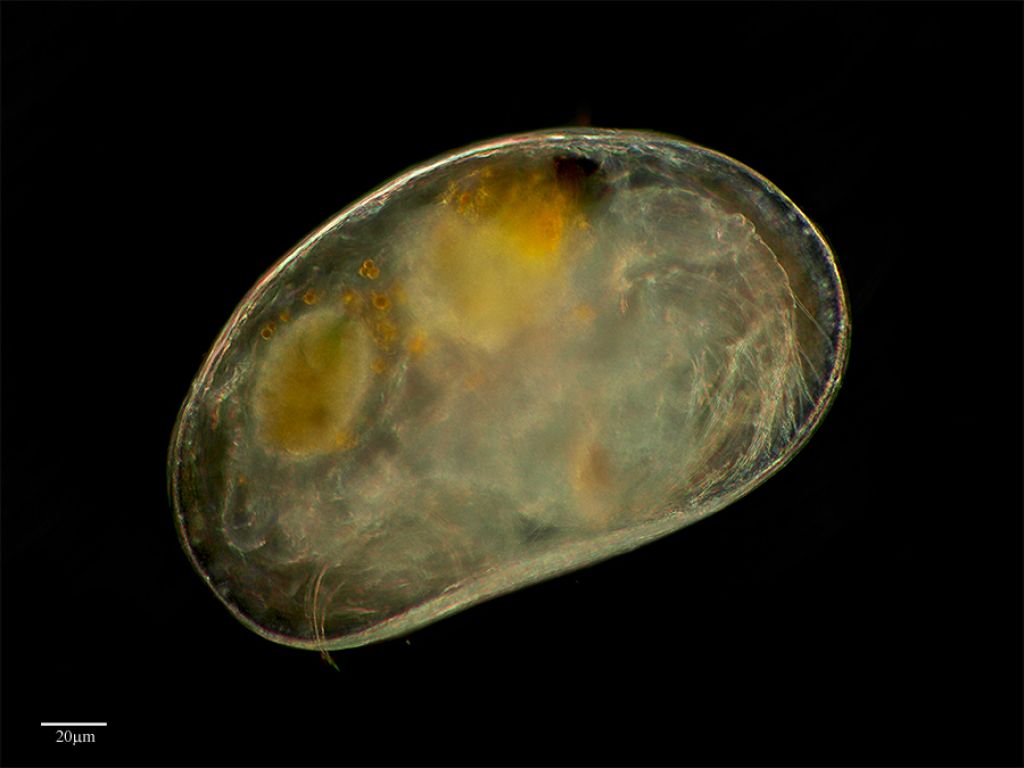Weird and wonderful fossil finds
While it’s true that most fossils belonged to bony or shelled creatures of old, those with soft bodies decayed quickly and left behind little or no evidence of their presence.
However, under the right environmental conditions and with unexpected protection, smaller critters were sometimes preserved in hard-to-find places that are being discovered over time by wily palaeontologists.

In the same way that enormous dinosaur bones reveal a great deal about the behemoths that once foraged in steamy jungles, really tiny organisms tell us as much about the minutiae of life on Earth millennia before humans walked the planet.
Some of the stranger fossils that have been discovered include worm sperm, a 425-million-year-old penis, fossilised faeces, English elephants and Mr Tully’s Common Monster.
Fossilised spermatozoa of a clitellate or “collared” worm found on the Antarctic Peninsula represents the oldest animal sperm ever discovered, ousting the previous record holder – springtail sperm found in Baltic amber – by a healthy 10-million years.
The sperm was preserved thanks to the worm’s reproductive process, in which eggs and sperm were released into protective cocoons. The cocoons had fallen into a hard shell, which kept them intact until their discovery by scientists in shallow marine gravel.
Only under high-powered microscopic analysis could the sperm be identified. They are said to be reminiscent of a modern-day leech-like group of worms that attach themselves to crayfish in the northern hemisphere.
It may be very old at 425-million years of age, but there’s nothing shrivelled and shy about this shrimp penis.
Unearthed in a ditch near the border between England and Wales in the early 2000s, a tiny ostracod, or seed shrimp, instantly revealed itself to be male. Incredibly preserved in three-dimensional form with all its soft tissues fossilised, the Silurian shrimp appeared to be proportionally well-endowed.
During the Silurian Period (443- to 419-million years ago), the Welsh borderlands formed the shelf of a tropical sea. As a result, from time to time, marine animals ended up being trapped, smothered and perfectly petrified by the ash of distant volcanoes.
The ostracod, along with many other tiny fossils, is difficult to examine even under a microscope, but thanks to modern technology, the outline of their tiny tombs can be gently eroded to reveal the fossil using 3D-digital imaging.

There’s nothing romantic about poop and puke, unless you’re a palaeontologist, that is. In the same way that modern scatologists are able to discern the diet of a bird of prey by examining its poop, for example, fossilised faeces reveals the dietary habits of ancient creatures.
Petrified dung – coprolites – can often be found in fossil curio shops where it’s sold as a novelty item, encased in glass as a paperweight, for example. However, its intrinsic value is far outweighed by its palaeontological value.
By showing scientists what an extinct species was eating, it reveals what plants or animals were around at the time, which illustrates the climatic conditions that allowed such plants and animals to proliferate, and so on.
In South Africa, hyena dung preserved in calcified cave sediment in the Cradle of Humankind’s Gladysvale Caves contained the oldest hominin hair ever found, at an estimated 195 000 to 257 000 years of age.
Coprolites have since been superceded by bromalites, commonly called “stink rocks”, a term coined in the 1990s to describe all forms of excreta preserved in rock.
Bolt’s Farm fossil site in the Cradle has revealed fossil remains of elephants, pigs, antelopes and rodents, but who knew that elephants once roamed parts of England?
Once again the fossil record has a fascinating story to tell. Workmen quarrying for stone in Kirkdale Cave near Kirkbymoorside in North Yorkshire in 1821 came upon a hollow filled with large bones.
The strange-looking bones were sent to Oxford University where Professor William Buckland identified them as belonging to elephants and rhinos. The bones had at some point been gnawed by hyenas, which left faeces behind as evidence.
Since Buckland inexplicably happened to have a hyena as a pet, he could prove that the cave had been a hyena den and went on to found the study of palaeoecology – the study of fossils to reconstruct ecosystems of the past.
Nearly two centuries since the discovery, we now know that African megafauna once roamed the Vale of Pickering, in a warm clime between ice ages.
During the 1950s in Mazon Creek, Illinois in the United States, Francis Tully discovered a beautifully preserved, soft-bodied creature in a split stone nodule.
There were a number of the creatures apparently endemic to that single site, and in recognition of his find, the animal was named Tullimonstrum gregarium.
Commonly referred to as Mr Tully’s Common Monster, the critter is a few centimetres in length with a long snout ending in toothy pincers, two eyes on stalks, a segmented body and tail with fins. Its location in death indicates that the “monster” lived in shallow tropical seas.
Due to its strange appearance the creature cannot be accommodated in any existing invertebrate category, alive or extinct, and remains up until today, a mystery monster.
